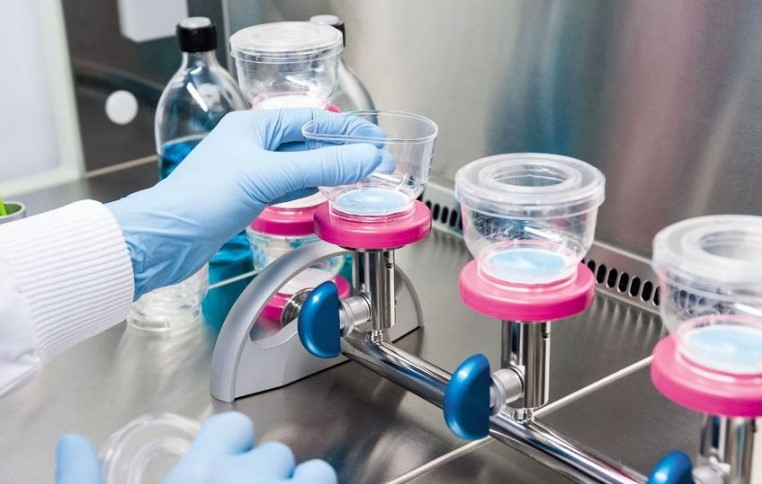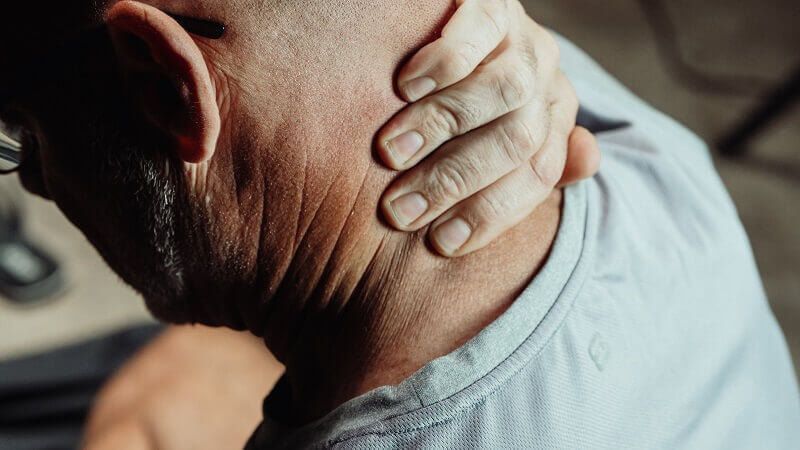What is Bioburden Testing how is it determined? Bioburden Testing is a term used to describe the number of harmful bacteria and other microorganisms present in a sample. It can be determined using a variety of methods, but one of the most common is the Limulus Amebocyte Lysate (LAL) assay. This assay measures the number of prokaryotic cells in a sample and uses this information to determine the bioburden.
What is bioburden Testing?
Bioburden Testing is the term used to describe the weight of microorganisms present in a sample. Bioburden testing can be determined using a variety of methods, including culturing and plate counting. Bioburden can be an important factor when determining the suitability of a surface for manufacturing or handling microbiologically sensitive products.
How bioburden Testing is determined
In order to determine bioburden, scientists measure the number of bacteria and other organisms present in a sample. Bacteria are typically concentrated in fecal material and wastewater, while other organisms may be found in blood, urine, or saliva.
Benefits of having low bioburden
The benefits of having a low bioburden are numerous. One of the most important benefits is that it can lead to less environmental contamination. Less environmental contamination means less damage to the environment and, in turn, a better chance of preserving natural resources.
Another benefit of having a low bioburden is that it can improve worker safety. Reducing the number of bacteria and other detrimental organisms in the work environment can make it safer for workers to be in close proximity to one another. This is critical in areas such as hospitals, food production facilities, and manufacturing plants.
In addition to the benefits just mentioned, having a low bioburden can also improve efficiency and productivity. Minimizing the amount of time and resources that are needed to clean an area, can make it more effective for businesses to use that space. Additionally, by reducing the amount of waste that is generated, companies can be more resourceful when it comes to finding ways to recycle or reuse materials.
How to lower your bioburden
The bioburden of a substance is the number of microorganisms present in a sample. The bioburden of a product can be determined by various methods, such as the agar dilution technique or the serial dilution method.
The agar dilution technique is based on the principle that the more diluted a sample is, the higher the number of organisms present. This method is used to determine the number of bacteria, fungi, and yeasts present in a sample. The serial dilution method is used to determine the number of bacteria and fungi present in a sample.
Conclusion
Bioburden testing is a term that has been used in the environmental industry to describe how much of a harmful compound or Microorganism is present in the effluent. It can be determined by various methods, such as HPLC-DAD and GC-MS. Bioburden can help identify potential pollutants and toxins in wastewater, which can then be cleaned up before being released into the environment.





